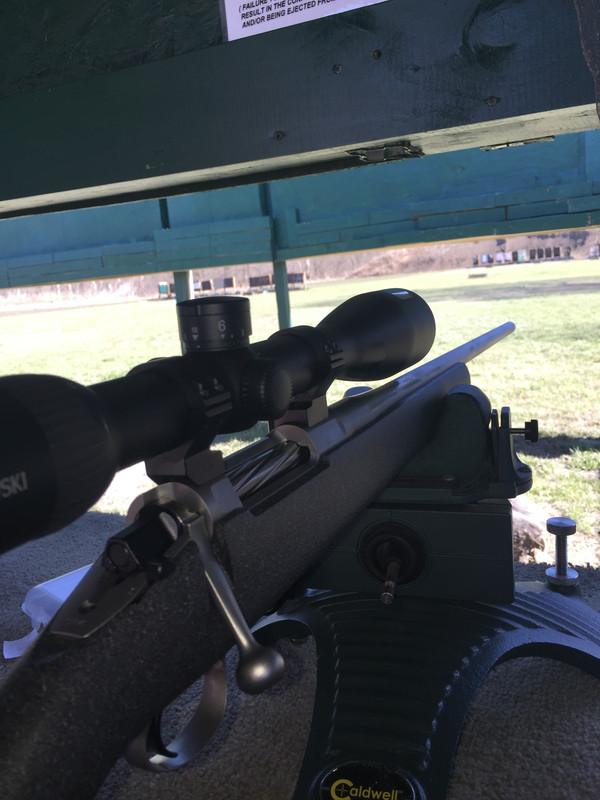As far as the "been there and done that" part of your post-
The ballistic drop compensating turret is nothing new, in fact it's been around for decades. It however really just became popular for hunter/shooters. Don't know exactly when it came about but it has been incorporated by the Army since at least the 80's that I know of in the form of the 10X M3 Ultra riflescope adopted with the M24 Sniper Weapon System. This served as the standard issue Sniper rifle for the US Army until the M2010 took it's place in all conventional force units in 2012 (still seeing it in service with the Air Force Security Forces and some Navy Units). It's a crude system compared to modern designs but still highly effective, I have shot 1000 yard matches with an issued rifle and ammunition. With elevation in 1MOA and windage in .5 MOA adjustments, the turret was actually calibrated to different ammo than the M118LR we used. The ammo was (from best I can derive) for standard atmospheric conditions, and was not muzzle velocity specific for each rifle- just mast produced. We had to keep data books with info for each rifle and each shooting session (at least if there was any changes in conditions). As an example lets say that after zeroing at 100, one rifle's DOPE might need to be set on "6" to engage a target at 600 while the rifle next to it may need to be on 6-1 (the BDC #6 minus 1 click) or 6+1. When you changed locations or conditions you needed to aquire new drop data, or find DOPE that matches this condition and utilize that. That's where the term DOPE (drop on previous engagement) came from. Whatever you have in front of you, hopefully you have shot similar ranges/conditions/etc and can use what has already been proven.


